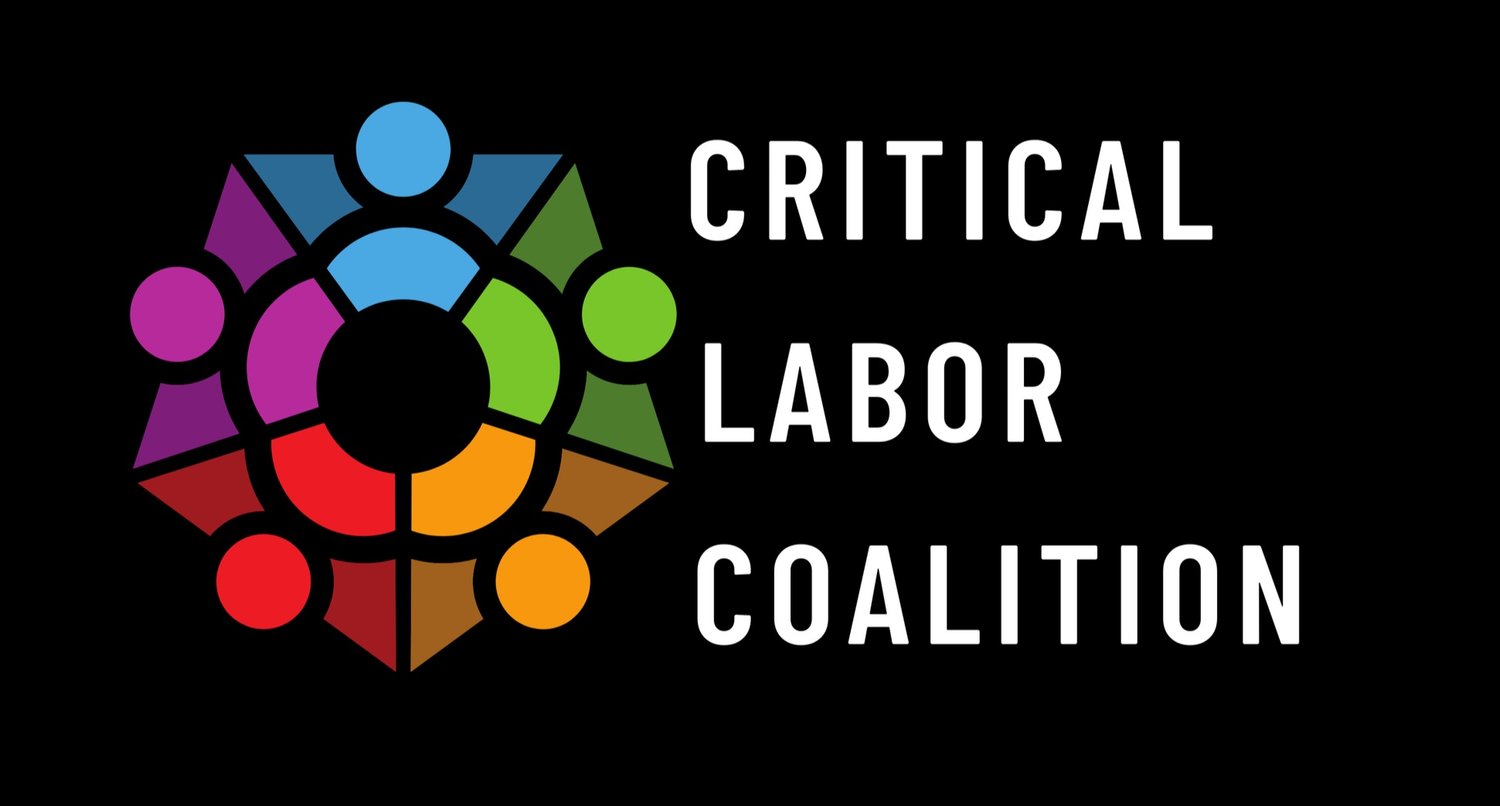The Essential Workers for Economic Advancement Act (EWEA) will create a market-driven nonimmigrant visa program targeted to workers in occupations that do not require a college degree. These “essential workers” would enhance the American workforce and help lift the American economy while dampening the current inflationary forces in our economy. Program participants would be allowed to come in with temporary year-round visas to work in industries with high demand and short supply like our current restaurant industry. There is already a similar visa category for those with a college degree, specifically the H-1B visa program. This legislation would fill the gap for those without a college degree with a new H-2C non-immigrant visa program. Following is a description on how the H-2C program would work and how the program compares with its counterpart for college graduates.
How would the H-2C program work?
The legislation creates a two-track system in which both employers and non-immigrant essential workers are required to receive a permit after meeting strict requirements to participate in the program. Specifically, the legislation would require an employer to apply to the federal government for an approval to hire an H-2C worker and does not allow a worker to enter the U.S. until they have been affirmatively hired by an employer who has received approval from the government to hire for that position. These employees are only ever allowed to work for an approved employer, at the approved location, in the specific job that was approved, and all participating employers will be required to use E-Verify.
How does H-2C compare to H-1B?
What are some key protections to guarantee that H-2C essential workers will complement, not replace, the American workforce?
Like with the H-1B visa program, before hiring an H-2C worker, the employer must take steps to ensure that hiring an H-2C worker will not harm U.S. workers and advertise the position. However, EWEA has additional safeguards, such as a “scarcity recruitment fee” of five percent (5%) of the H-2C’s estimated annual compensation paid to the federal government by some employers to demonstrate the employer’s inability to recruit a U.S. based worker. Furthermore, unlike the H-1B visa or any other non-immigrant visa program in the U.S., employers can only participate in counties or metropolitan areas with a low unemployment rate.
Specific percentage set aside for small businesses in industries such as restaurants
Twenty-five percent (25%) of the H-2C visas in EWEA are set aside for small businesses with priority for industries that promote nationally recognized employee safety and health programs, hire workers under the Work Opportunity Tax Credit (WOTC), and are employers in industries with comparatively low sales per employee.



